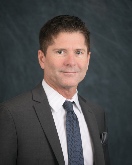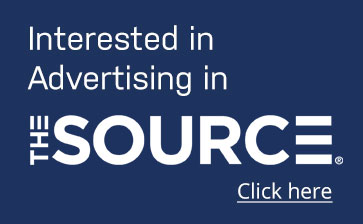4 highlights from the Cardiovascular Research Foundation’s annual symposium

Key takeaways from the Transcatheter Cardiovascular Therapeutics (TCT) conference in September 2019.
I attended the TCT educational conference for interventional cardiovascular medicine—a symposium held annually by the Cardiovascular Research Foundation (CRF) in September. Here are four of my primary takeaways from the conference:
1. Catheter-based technologies for valvular heart disease continue to drive the majority of conversations in the industry.
As catheter-based technologies mature, HealthTrust’s member physicians will have more options to treat valvular heart disease using a catheter-based approach. In addition, as indications for use increase, the number of patients receiving this treatment will continue to grow at an impressive rate.
Of particular interest was the highlighted need for preprocedural imaging used to fully understand the anatomical challenges of each patient with valvular heart disease. This is critical for access, delivery and reducing complications.
2. It’s important to consider the economic value of FDA-approved devices.
Overall, the conference took an in-depth look at the economic impact of certain medical devices. There was a lot of discussion around the Food and Drug Administration (FDA) and whether approved medical devices meet a degree of high economic value.
The MitraClip device in particular was explored. It was found to have at least an intermediate—if not high—economic value.
3. Intravascular imaging is a crucial element of procedural success.
The importance of intravascular imaging for procedural success was highlighted by reviewing a variety of technologies—including fractional flow wires, intravascular ultrasound and Optical Coherence Technology (OCT)—that help us better understand the intravascular anatomy and disease state.
These devices are essential in evaluating atherosclerotic disease in the coronary arteries and systemic vasculature. This analysis helps proceduralists decide the appropriate techniques to reduce plaque burden in the vessel itself.
With imaging guidance, clinicians can use atherectomy catheters and rotablator technology to debulk the arterial wall and free it from the plaque. Stent apposition, as well as placement, can also benefit from these technologies.
4. Emerging technologies that are not yet available in the U.S. are worth exploring.
TCT has a reputation for being the one cardiology meeting in which thought leaders from across the world come together to collaborate through live case presentations and discussion of challenging cases, while also providing leadership guidance for the younger members of the community.
This multidisciplinary approach allows physician attendees—as well as allied health professionals and members of the industry—to look into the many challenges providers are facing in other countries.
Overall, attendees learned about some of the state-of-the-art tools and techniques being using around the world to help physicians improve survival and quality of life for people with cardiovascular disease.
Although some emerging technologies, such as drug-coated balloons, alternative left atrial appendage closure devices and several other cardiac valve products, aren’t yet available in the U.S., it’s still important for practitioners here to be aware of them.
Attending the TCT annual meeting is just one of the ways in which HealthTrust stays informed of the latest developments in cardiovascular research and technology—we prioritize sharing knowledge with our members that will impact their patients.
At the time of this writing, Patrick Bridges, RCIS, MBA, was a Clinical Director on HealthTrust’s Clinical Services team.
Share Email Cardiovascular, Industry Updates, Medical Devices, Sept. 2019, TCT




